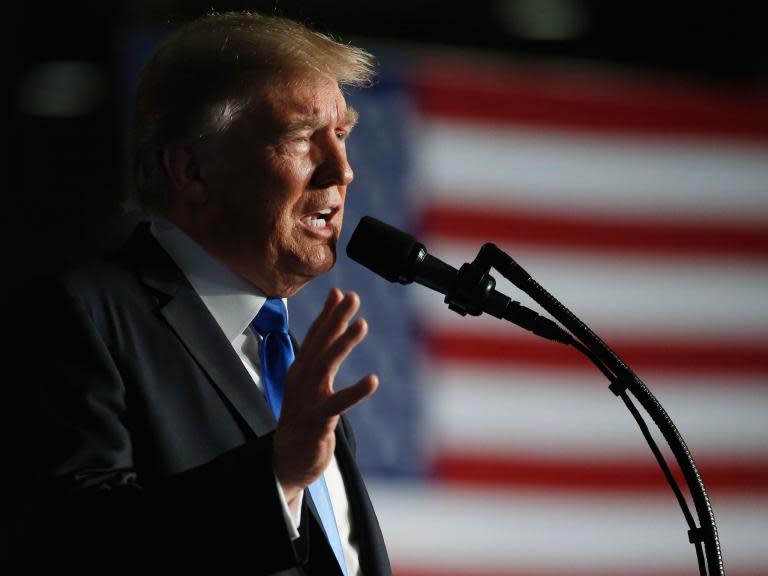Trump 'increased troops in Afghanistan after being shown a picture of women in miniskirts'
For a number of decades, Afghanistan was not a nation under threat from Isis or the Taliban, but a place of stability, tolerance and even moderation.
From the 1930s to the late 1970s, some termed this nation that has long been a pawn in the struggles of the great powers, the Paris of Central Asia. What’s more - some women even wore short skirts.
This week, after Donald Trump admitted to having changed his mind on sending troops to Afghanistan and committed to dispatching extra forces - the additional troops will probably total around 4,000 - it was reported one of the ways his advisors persuaded him to engage was to show him a photograph of women wearing such skirts.
To convince Trump that Afghanistan was not lost cause, McMaster showed him 1972 photo of Afghan women in miniskirts. https://t.co/wRpwYoawjA pic.twitter.com/rX7S2jEJfA
— Jim Roberts (@nycjim) August 22, 2017
For many years, Mr Trump said on twitter that he believed Afghanistan was was a lost cause and that Barack Obama was wrong to send additional troops there, as he did in 2009.
A number of senior military US officers - including those former officers now in the White House, support sending extra soldiers to Afghanistan. The Washington Post said Mr Trump's national security advisor, HR McMaster, a former general, had persuaded Mr Trump to commit to sending those troops by placing a strking image in front of the President.
“He presented Trump with a black-and-white snapshot from 1972 of Afghan women in miniskirts walking through Kabul, to show him that Western norms had existed there before and could return,” said the newspaper.
Some historians have suggested the idea of Kabul’s golden age has been somewhat overstated and that such Western-style dress was adopted only by a very small elite, during a period of rule by King Mohammed Zahir Shah.
Horia Mosadiq, an Afghan who works as a researcher for Amnesty International, said in a 2013 report: “As a girl, I remember my mother wearing miniskirts and taking us to the cinema. My aunt went to university in Kabul.”
Elizabeth Gould, co-author of Invisible History: Afghanistan’s Untold Story, said several years ago that a US diplomat visiting Afghanistan in the early 1970s said its citizens were so passionate about democracy that he saw them debate their constitutional rights in the streets.
“The years after World War II, in the 1950s, 1960s and early 1970s, were the golden years,” said Ms Gould.
The king was deposed in a coup in 1973 and went into an exile that lasted 29 years. In December 1979, Soviet forces invaded the country and were not forced out until February 1989.
The Taliban seized control of large parts of the country, including Kabul, in 1996 and held the capital until the US and UK invasion of 2002. That same year, the former king returned to oversee the holding of a loya jirga, or meeting to select a new government.

 Yahoo News
Yahoo News 

